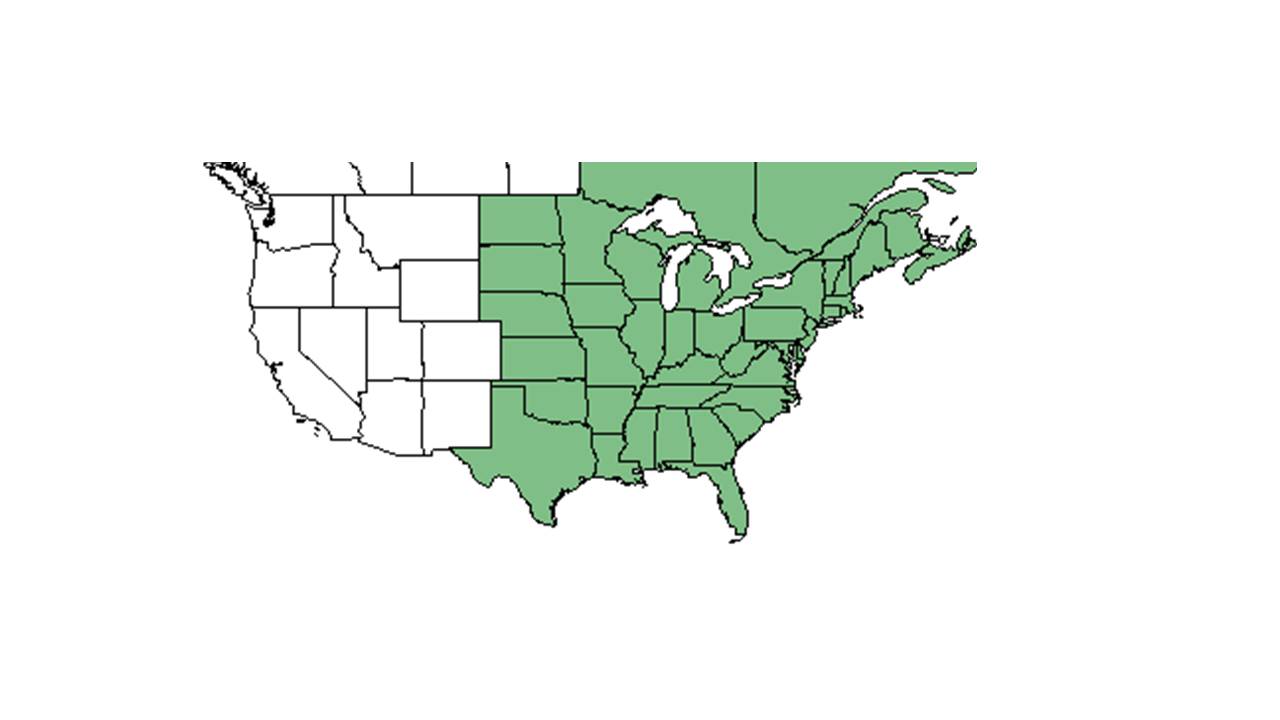Difference between revisions of "Ageratina altissima"
(→Seed dispersal) |
(→Seed bank and germination) |
||
| Line 28: | Line 28: | ||
===Seed bank and germination=== | ===Seed bank and germination=== | ||
| + | Ageratina altissima usually needs light to germinate. Ageratina altissima exhibits a Type II response to stratification: Germination in the spring generally can occur at a lower temperature than germination in the fall as a result of dormancy loss in the winter. Thus, germination in the spring is more likely because of relatively higher temperatures and lower temperature requirements than in fall. <ref name="Walck et al 1997">Walck, J. L., C. C. Baskin, et al. (1997). "Comparative achene germination requirements of the rockhouse endemic Ageratina luciae-brauniae and its widespread close relative A. altissima (Asteraceae)." American Midland Naturalist 137: 1-12. </ref> | ||
| + | |||
===Fire ecology=== <!--Fire tolerance, fire dependence, adaptive fire responses--> | ===Fire ecology=== <!--Fire tolerance, fire dependence, adaptive fire responses--> | ||
===Pollination=== | ===Pollination=== | ||
Revision as of 12:19, 10 June 2015
| Ageratina altissima | |
|---|---|
Error creating thumbnail: Unable to save thumbnail to destination
| |
| Scientific classification | |
| Kingdom: | Plantae |
| Division: | Magnoliophyta - Flowering plants |
| Class: | Magnoliopsida - Dicotyledons |
| Order: | Asterales |
| Family: | Asteraceae ⁄ Compositae |
| Genus: | Ageratina |
| Species: | A. altissima |
| Binomial name | |
| Ageratina altissima (Chapm.) Pennell | |

| |
| Natural range of Ageratina altissima from USDA NRCS Plants Database. | |
Contents
Description
Distribution
Ecology
Habitat
Phenology
Seed dispersal
It disseminates its mature seeds (achenes) in fall and winter. Each plant can produce thousands of seeds at a time. [1]
Seed bank and germination
Ageratina altissima usually needs light to germinate. Ageratina altissima exhibits a Type II response to stratification: Germination in the spring generally can occur at a lower temperature than germination in the fall as a result of dormancy loss in the winter. Thus, germination in the spring is more likely because of relatively higher temperatures and lower temperature requirements than in fall. [2]
Fire ecology
Pollination
Use by animals
Diseases and parasites
Conservation and Management
Cultivation and restoration
References and notes
Photo Gallery
- ↑ Lau, J. M. and D. L. Robinson (2010). "Phenotypic selection for seed dormancy in white snakeroot (Eupatorium rugosum)." Weed Biology & Management 10: 241-248.
- ↑ Walck, J. L., C. C. Baskin, et al. (1997). "Comparative achene germination requirements of the rockhouse endemic Ageratina luciae-brauniae and its widespread close relative A. altissima (Asteraceae)." American Midland Naturalist 137: 1-12.